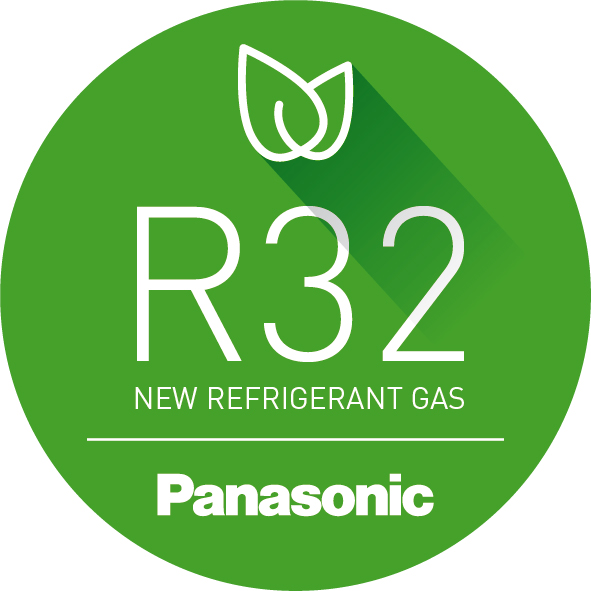Latest News
- Driving Decarbonisation: Panasonic Highlights Green Initiatives and Strengthens Partnerships at ISH 2025 17/03/2025 Panasonic Heating & Cooling Solutions today held a press briefing and panel discussion at ISH 2025 t... Read more
- Panasonic Forms Capital and Business Alliance with tado° to Drive Energy-Efficient Heating in Europe 17/03/2025 Panasonic Corporation's Heating & Ventilation A/C Company has become the first heating equipment man... Read more
- Discover Panasonic’s Sustainable Heating & Cooling Solutions at SEAI 2025 10/03/2025 Panasonic Heating & Cooling Solutions is pleased to announce its presence at SEAI 2025 on 26-27th Ma... Read more
- Panasonic’s Aquarea Loop Transforms Retrofit Heating and Cooling with Decentralised Water-to-Air Heat Pump Technology 07/02/2025 Panasonic Heating & Cooling Solutions is pleased to introduce the Aquarea Loop, a new decentralised ... Read more
- Panasonic Presents the Future of Heat Pumps at ISH 2025 06/02/2025 Panasonic Heating & Cooling Solutions will showcase its latest advancements in heating technologies ... Read more
- FC BARCELONA AND PANASONIC AGREE CONTRACT FOR ESPAI BARÇA 04/02/2025 Japanese multinational to become the ‘Heating Ventilation Air Conditioning Provider’ for Espai B... Read more
- More Panasonic News
Panasonic Announces Full Switch to R32 in 2018
08/05/2018
Panasonic Announces Full Switch to R32 in 2018
• All Panasonic air-conditioning products with less than 3kg of refrigerant available in R32
• Higher value for installers to end users
• Lower impact on global warming than R410A systems
Panasonic is once again leading the change on adopting renewable energy sources, announcing that in 2018 it will make a full switch to R32. Panasonic will consolidate its residential and commercial air-conditioning ranges with less than 3kg of refrigerant, including its newly designed RAC floor consoles, split, multi-split and cassettes, to be compatible with R32.

According to 2014 EU F-Gas Regulation (517/2014), Europe must reduce the Global Warming Performance year by year. This regulation defines how each industry needs to contribute to reach the total European target. In the air-conditioning industry this affects Single Split air-conditioning systems containing less than 3kg of fluorinated greenhouse gases. The refrigerant within this system must be less than 750 GWP by the year 2025. Panasonic is ready now (in 2018) to supply any kind of Residential Single Split and Multi Split system with up to 5 ports in addition to Commercial Splits of up to 14kW.
For many years, R32 has been used as a component part of the R407C and R410A refrigerant blends. On its own, however, R32 offers a number of significant advantages over blended refrigerants.
Firstly, R32 has a much lower impact on global warming when compared to its blended predecessors - its Global Warming Potential (GWP), is significantly lower than that of R410A. When considering future legislation and the anticipated reduction in the availability of refrigerants, plus a drive towards the use of lower GWP refrigerants; Panasonic products will be future proofed.
R32 is also a more efficient alternative to R410A, with realistic efficiency increases of up to 10%, leading to significant energy savings for building services managers.
As R32 is already a familiar component of R410A, so the switch doesn’t present any new challenges to installers. Procedures including piping and testing remain the same. There may be a need for slightly different tooling, such as recovery systems and leak detectors, but again this should not present a significant challenge. As with all refrigerants, R32 must be safely handled at all times and spaces properly ventilated when it is being charged and recovered from air conditioning units.
Alfredos Armaos, UK Country Manager at Panasonic Heating and Cooling, explains how the full switch to R32 will benefit Panasonic customers; “Consolidating our portfolio to be compatible with R32 is an important step towards reducing the impact of air conditioning on our environment. For suppliers, it allows them to offer a more sustainable solution, and for installers it introduces the opportunity to offer a more energy-efficient and cost effective option to clients.”










































